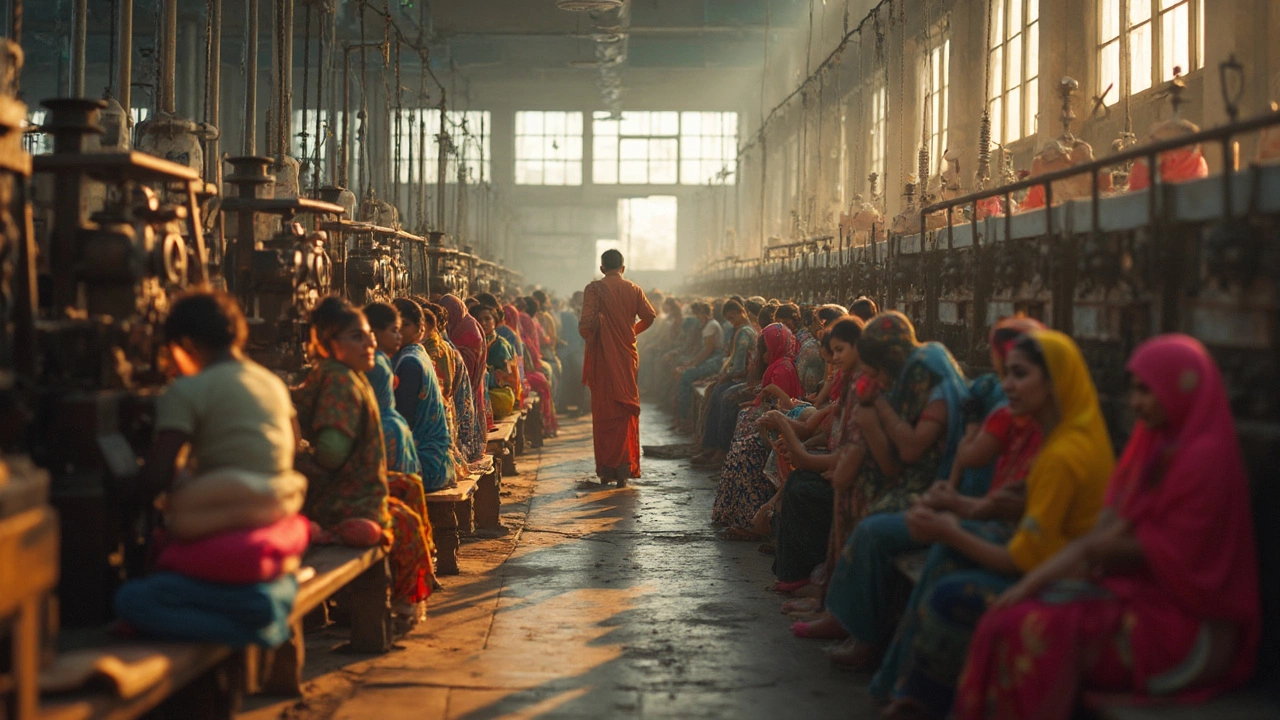Surat Textile City: The Heartbeat of India’s Fabric Industry
When talking about Surat textile city, a bustling hub in Gujarat famous for massive cotton and synthetic fabric output. Also known as Surat’s textile belt, it fuels both domestic demand and global exports. The city encompasses hundreds of cotton mills that spin raw fiber into yarn, then into finished cloth for every corner of the world. Because of its strategic location near major ports, Surat textile city powers a supply chain that links raw material traders, dyeing units, and garment makers in a seamless loop.
Why Surat Leads the Textile Game
The engine behind this growth is textile manufacturing, a complex process that blends traditional craft with modern automation. In Surat, manufacturing requires skilled labor, high‑speed looms, and advanced finishing technology, creating a perfect storm for productivity. Cotton mills, the backbone of Surat’s output transform millions of kilograms of raw cotton each year, while synthetic producers add polyester and nylon to meet diverse market needs. The city’s export engine drives revenue for Gujarat, making it one of India’s top textile export regions. Sustainability initiatives are also taking root, with many mills adopting water‑recycling and low‑energy dyeing, proving that high output can coexist with eco‑friendly practices. All these pieces—manufacturing expertise, mill capacity, export logistics, and green tech—connect to make Surat textile city a model for other industrial zones.
Below you’ll find a curated set of articles that dive deeper into each of these facets: from the rise of high‑demand products to the latest trends in Indian textile companies, and from supply‑chain insights to the future of manufacturing in Surat. Whether you’re a trader eyeing export opportunities, a designer seeking reliable fabric sources, or an investor scanning growth hotspots, the posts ahead spell out the data, stories, and actionable tips you need to navigate the Surat textile landscape with confidence.
